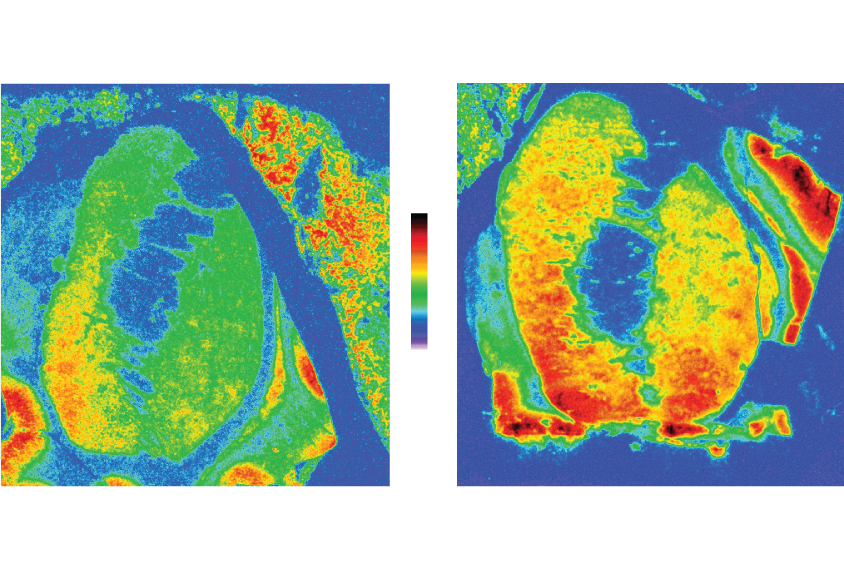
THIS ARTICLE IS MORE THAN FIVE YEARS OLD
This article is more than five years old. Autism research — and science in general — is constantly evolving, so older articles may contain information or theories that have been reevaluated since their original publication date.
A brain circuit that controls movement is altered in people with autism, according to a study of postmortem brain tissue. Researchers presented the unpublished results yesterday at the 2017 International Meeting for Autism Research in San Francisco, California.
The circuit runs through the basal ganglia, small clusters of neurons in the middle of the brain. These clusters connect the cortex, which controls cognition and social ability, and the cerebellum, which coordinates movement. Both regions are implicated in autism.
People who sustain damage to the basal ganglia from carbon monoxide poisoning have repetitive behaviors similar to those seen in autism. And disruptions to the basal ganglia are thought to underlie the repetitive behaviors in mice missing SHANK3, a top autism gene.
“People look at the cortex and cerebellum, but nobody looks at what connects them, which is the basal ganglia,” says Krishna Subramanian, a postdoctoral fellow in Gene Blatt’s lab at the Hussman Institute for Autism in Baltimore, Maryland.
Subramanian and his colleagues examined postmortem brain tissue from 21 people with autism and 23 controls. They focused on four parts of the basal ganglia: the caudate nucleus, the putamen and the nucleus accumbens (which together compose the striatum), and the subthalamic nucleus.
Short circuit:
The researchers used a radioactive molecule to label receptors for gamma-aminobutyric acid, or GABA, a chemical messenger that dampens brain activity. There is evidence that GABA signaling is altered in autism brains.
The new study found that the brains of people with autism show increased levels of a type of GABA receptor called GABA-A in the striatum. The striatum contains mainly inhibitory neurons, which transmit signals using GABA.
The autism brains also show decreased levels of the GABA-A receptor in the subthalamic nucleus, the researchers found. This is the only part of the basal ganglia that contains excitatory neurons, which transmit messages using glutamate, another chemical messenger.
These variable patterns of GABA-A levels in the different parts of the basal ganglia would together weaken signals to the cortex, Subramanian says.
This could have important implications for clinical trials: Drugs that boost GABA signaling may ease repetitive behaviors, which are rooted in the basal ganglia. Most clinical trials for autism focus on behaviors that originate in the cortex, such as social difficulties, Subramanian says.
The researchers plan to investigate the link between basal ganglia signaling and repetitive behaviors by comparing their postmortem analyses against clinical data from the donors.
For more reports from the 2017 International Meeting for Autism Research, please click here.
By joining the discussion, you agree to our privacy policy.